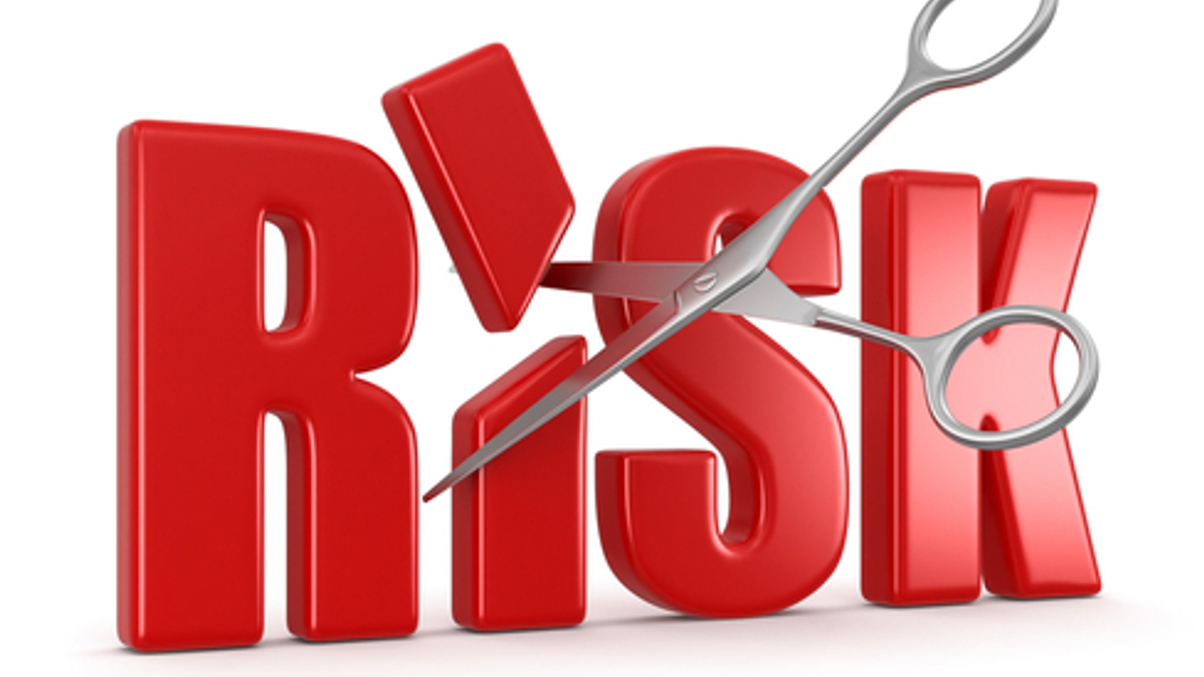Institutional investors on global de-risking drive
The approaches to downside protection vary, but in Asia and the US they include paring illiquid holdings and increasing allocations to unconstrained and low-volatility strategies.

Institutional investors around the world have been busy taking risk off the table in recent months, turning increasingly cautious as markets have become more challenging.
Sign in to read on!
Registered users get 2 free articles in 30 days.
Subscribers have full unlimited access to AsianInvestor
Not signed up? New users get 2 free articles per month, plus a 7-day unlimited free trial.
¬ Haymarket Media Limited. All rights reserved.


